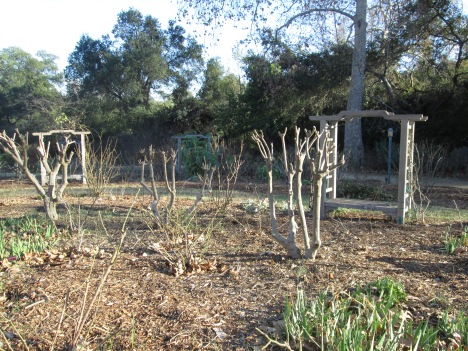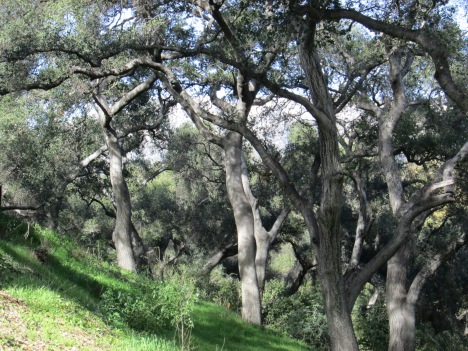Yesterday, Martine and I visited Descanso Gardens in La Cañada-Flintridge. At this time of year, the garden is still pretty dead—except for the camellias. The blossom above, fo example, caught my eye.
The title of this post refers not only to the flowers, which are stunning, but also to the fact that I am addicted to the Camellia sinensis, which is the scientific name for tea. I do not drink coffee, and I don’t particularly like carbonated beverages. In this cold month of January, I make a pot of Indian black tea every morning. I drink the tea hot for breakfast and iced for dinner and as a snack. Other than water, that’s about all I drink, ever. I might have a beer when it gets really hot, but no more than a dozen or so times a year.
The camellias at Descanso this time of year are Camellia japonicas, though there are a couple of other species, such as reticulata and sasanqua are also to be found. What makes Descanso’s collection unique is that they are protected by a large forest of California Live Oaks (Quercus agrifolia)—protected in the sense that camellias usually do not like direct sunlight.
There is talk that many of the oaks at Descanso are centuries old and need to be replaced little by little with some other shade tree that coexists well with camellias. I don’t know how the garden staff will accomplish this, but I am sure that their professionals will be ultra-conservative, in the best meaning of the term.






You must be logged in to post a comment.